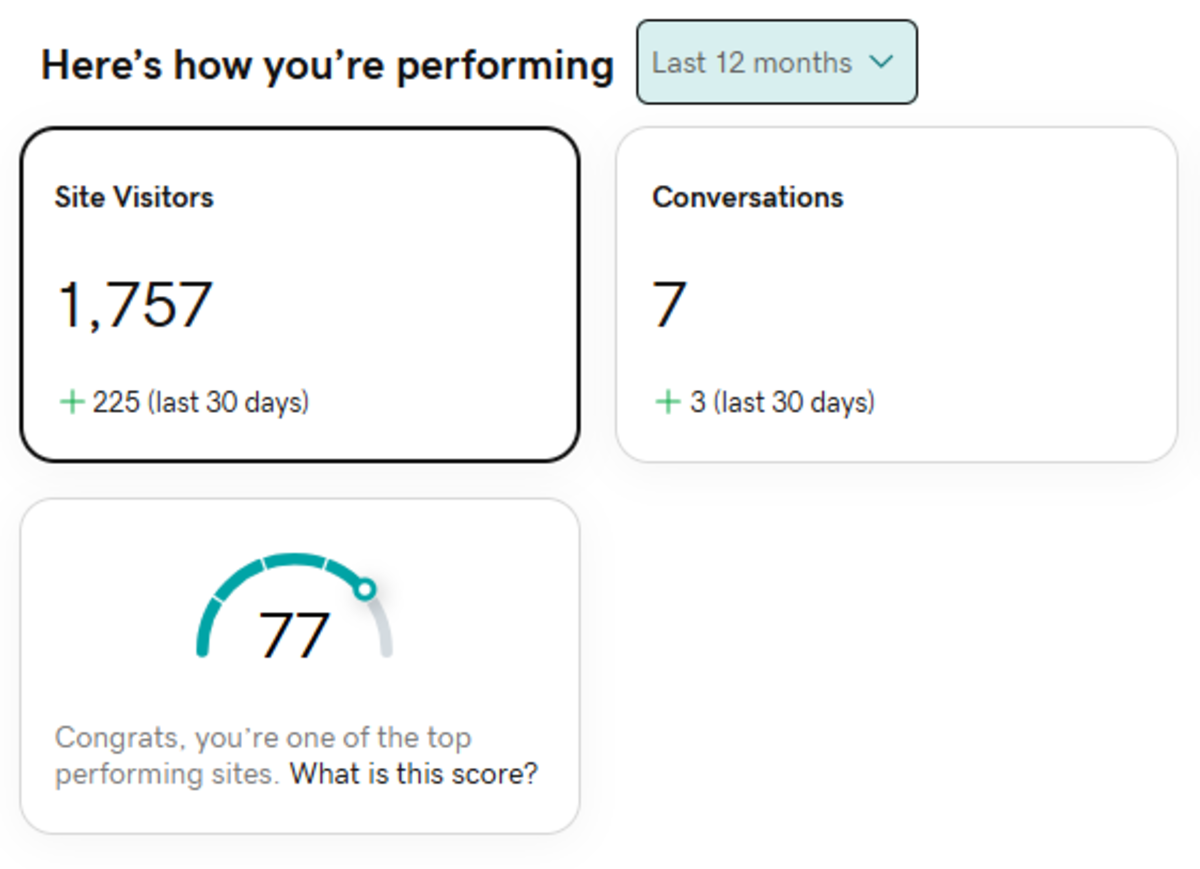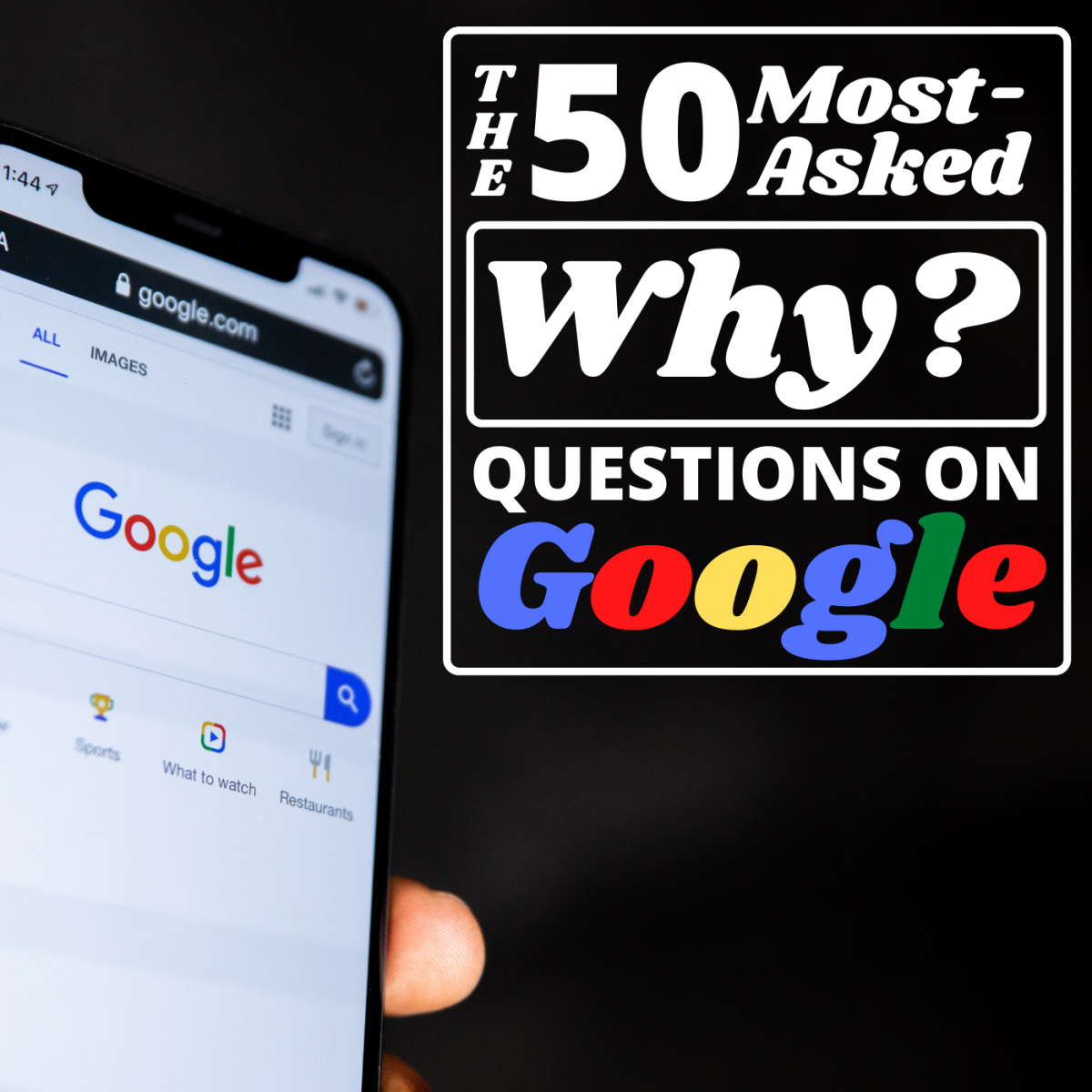Audio, Video and SEO for Both
Introduction
You can use audio and video content to improve your SEO and apply SEO to these types of content. Let’s look at how you can use these types of content to improve your site’s search engine optimization and even reuse it to save effort.
Podcasts
The page that hosts your podcasts needs to be treated like app store pages; in fact, you can use the same ASO (application search optimization) strategies for your podcasts. An image associated with your brand or main personality should be visible on the top left of the page hosting the podcast, and the title of the podcast should in the image.
The podcast title should be your name or that of your show. The description needs to include the name that others would use to search for it, and search engines will give this search term more weight if it is the first word in the description. Describe what the podcast covers. You should give each podcast a unique number so that people who listen to one can figure out which is the next one, and this allows you to say, “We covered this in podcast 458.”
A good SEO trick is putting the subject for each podcast as the name of the episode in addition to the number. By using the number in addition to the episode names, you avoid confusion if you revisit the topic later or accidentally reuse the same title. This is information in addition to release dates, since someone may upload a week’s worth of podcasts on the same day.
Remember to add backlinks to your company homepage and official social media profiles on the podcast page.
Note that you can upload podcasts to sites like iTunes that are free. You can even take advantage of people’s natural preference for freebies by offering a few free podcasts to lure people into paying for the rest of the content. Or you could publish a free “best of” podcast to attract attention and social media shares while promoting the podcast itself.
Podcasts, like apps, must be properly categorized. If you don’t know how to categorize your content, look at how successful similar podcasts are categorized and then use one of those.
Audio Books
One way to apply SEO to audio books is to reference yourself, your credentials, your website and your expertise in the description of the audio book on the website and mention them as part of the audio file as well.
Ask your audience to share their opinions of the audio book on social media. Reviews are SEO gold for authors. A more recent trend is encouraging people to share their favorite quote from the book via Twitter or social media, though this isn’t as easy when you have an audio book as it is with digital text. This becomes possible if you automatically make a digital version of your book available if they buy the audio book.
Ensure that your audio books mention your other published works and anything that is upcoming. If the next book comes out, consider updating the first segment of the audio book to say, “If you liked this work, you can get title ABC from XZY publishing.”
Then there is the standard use of social media to improve the SEO of the audio book, such as sharing the link to the site where people can access the audio book, promoting reviews others write and setting up online book parties where people discuss the work.

Video
Hosting video on Youtube has several advantages over putting it on only your website. First, Youtube is arguably the world’s second largest search engine, and placing your video on Youtube allows it to be available to casual searchers and benefit from social media sharing signals. Second, if you host video on Youtube and then embed it in your website, you’re relying on their servers to delivery it. If someone shares the video from Youtube, it improves your video’s search engine results page ranking even if they don’t share links to your company.
Your video should have links to your home page and social media profiles. Thus anyone who receives the link to the video can see these links back to your business.
Create keyword rich descriptions for the video, using the most important key search terms in the title if not the first word in the title. Include your brand in the title if possible.
It is possible that you have video files you could upload to the internet that you didn’t realize you had. Upload videos of interviews key personnel gave, assuming there is no copyright infringement. You could post video blogs by managers to Youtube, after you’ve applied the appropriate brand and keyword related SEO. How-to videos for training technicians how to repair your equipment could be uploaded; this type of content is ideal for conversational SEO queries like “how do I fix an X?” Another option is recording presentations your employees already give, such as an overview of the company’s operations or tours of the facility to visitors. Sneak peek, behind the scenes content like this is eminently shareable.
Depending on the type of video, you may be able to publish the audio only portion as a podcast. This is especially true for interviews and casual chats, whereas anything that features someone talking about unseen slides and charts isn’t as good a fit with the medium.

Using Transcripts of Audio and Video for SEO Purposes
If you create a podcast, you can use the transcript of the podcast as a free source of quality content. If you knew to mention your brand periodically in the podcast and anything you sell or offer at least once in the podcast, the resulting text is already ideal for SEO purposes. If you have a podcast, you can even save yourself a blog posting by posting the podcast transcript instead.
You can post transcript of your video on the video itself to improve its SEO, or you can post the transcript as a separate piece of content. Don’t forget to backlink the transcript to the video and have a link to the transcript on the video.
Remember to share the links to podcasts and video via your company’s social media profiles to raise their rankings in search results and build brand awareness.








